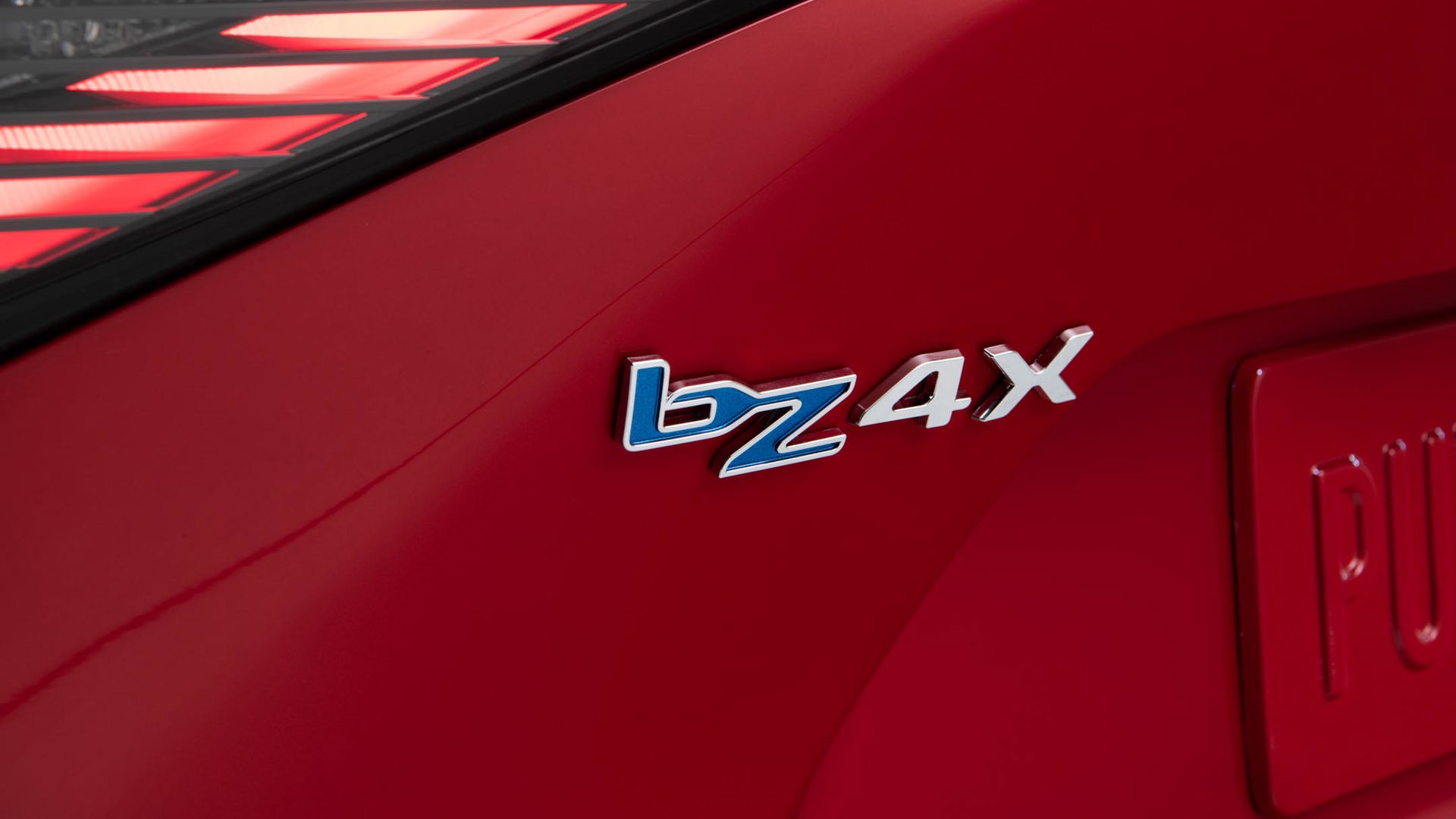People of a certain age may remember a puppet on the children’s show Sesame Street who would go around selling letters and numbers to other characters on the show. In addition to teaching impressionable young minds about the alphabet, there’s an argument that the trench-coat-clad salesman also captured the attention of a few kids who grew up to work at major automakers. How else to explain the sudden rise of vehicle names that appear to be a mash of letters and numbers instead of actual words?
Many moons ago, some of these numeric designations had roots in logic. The BMW 325i, for example, had a name that told you key information about the car. Its “3” meant it was part of the 3 Series compact family, the “25” indicated it was powered by a 2.5L engine, and the “i” simply told us it was fuel injected. An additional “x” suffix meant the vehicle was equipped with all-wheel drive. Easy.
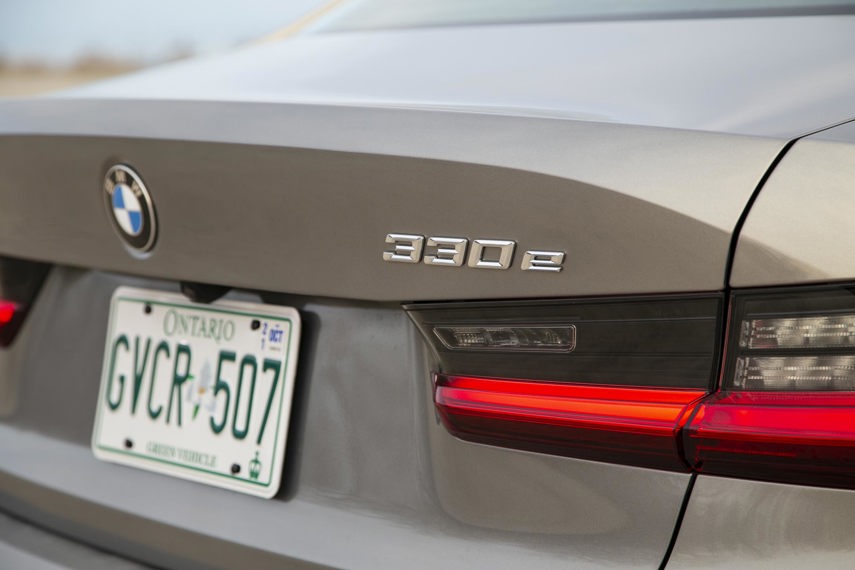
These days, it’s a bit more complicated thanks to engine downsizing and the apparent tendency for some BMW shoppers to turn their noses up at small numerals. The modern equivalent of the 325i is powered by a 2.0L turbocharged engine that is very strong and refined. However, it is said that some current owners didn’t like the idea of trading in a 325i for a “lesser” 320i, so BMW abandoned tradition and called it the 330i instead. So now, that name means next to nothing. Toss in the rapid rise of electric vehicles, which are very powerful but don’t technically have any displacement at all, and the original naming convention goes right out the window.
It’s highly unlikely BMW will change this approach any time soon, but more than a few automakers are ditching the alphabet soup for real names. Witness the confusing mash of MKC, MKX, and MKT at Lincoln, all of which have been mercifully replaced with the names Corsair, Nautilus, and Aviator, respectively. Industry lore tells the story that this change was cemented when a top-ranking Lincoln executive overheard an owner struggle to describe which vehicle they owned while riding an airport shuttle to the parking lot. As the son of parents who have always driven Lincoln products, I can confirm the story’s plausibility and wouldn’t be the least bit surprised if it was actually my mom and dad he heard on that shuttle bus.
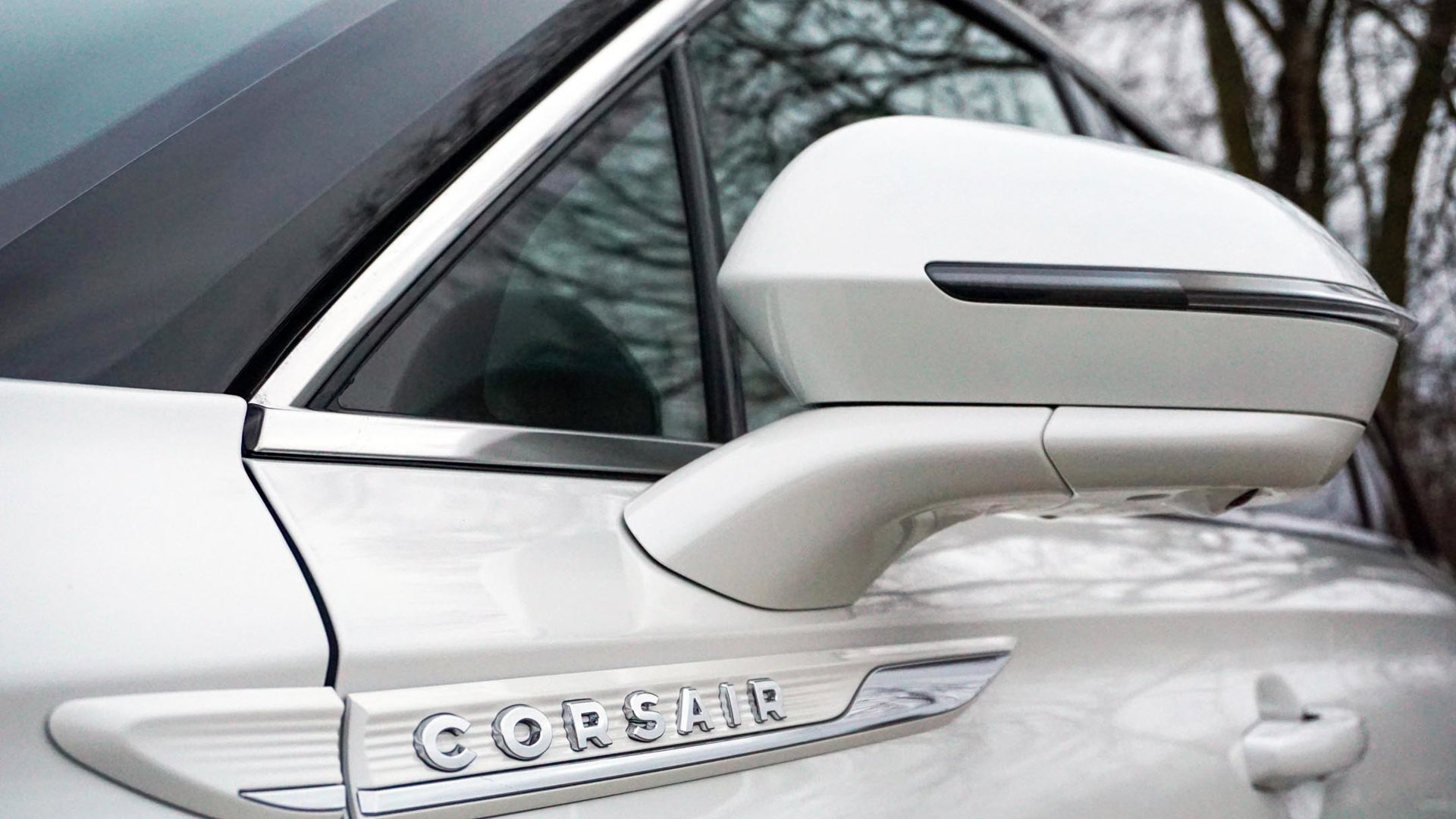
Acura also waded into this mire a couple of decades ago, dropping evocative names like Legend and Vigor for three-letter duds that tried to capitalize on the name recognition of its most impressive and famous car, the almighty NSX. Cadillac did the same, introducing the likes of CTS and XTS in a bid to build a brand attractive to young consumers who may have bad associations with stuffy names like Sixty Special and Fleetwood. In due course, executives changed their minds again, saddling the brand’s cars with a “CT” prefix and SUVs with an “XT,” which briefly created the spectacle of an XTS and XT5 – completely different vehicles, one a large sedan and one an SUV – being sold side by each in Cadillac showrooms. If you think there wasn’t at least one scramble to fix paperwork in the business office, I have a bridge in Newfoundland to sell you. Going forward, Cadillac will be using names like Lyriq and Celestiq, which, spelling be damned, are at least memorable and unique.
How do carmakers settle on a particular name? To learn more, we spoke with Patrick Danielson, Director of Product Planning for Volkswagen Canada, a company whose lineup of vehicles is packed to the brim with interesting model names. Legacy titles like Golf and Jetta are in the mix, plus newer offerings like the Taos and Atlas.
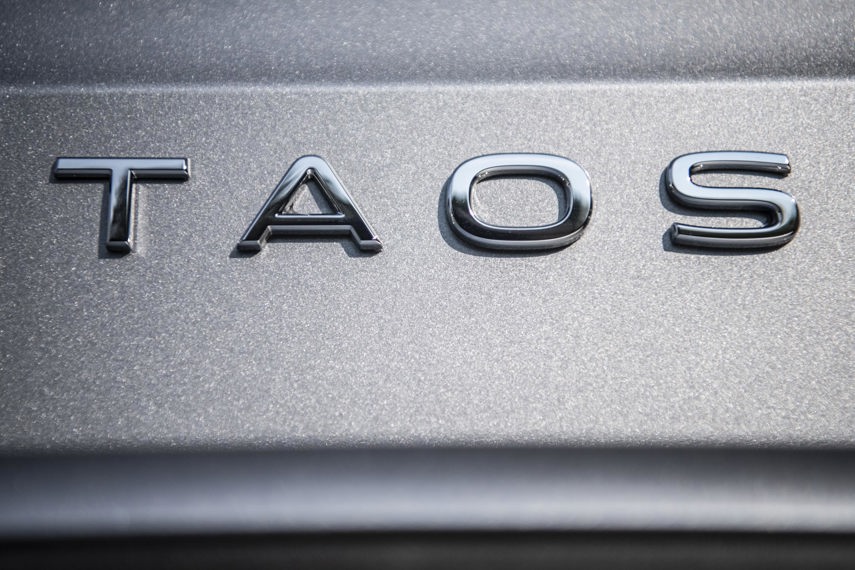
“The intent of these names has several layers,” explained Danielson. “The most obvious is to conjure a certain image that the collective organization feels is a good fit for the vehicle’s design intent.” This speaks to the concept that an object can be defined (or at least make a few first impressions) with its name. “Atlas is a great example here. Our first-ever seven-passenger SUV, a large family-oriented vehicle with powerful design cues, was named after the Greek god who held up the sky.” Sounds like a good title for a machine intended to carry families and their gear in safety.
On other occasions, an automaker will reach to the world’s map for a name. Hyundai has visited this well several times while building its SUV portfolio, appending monikers like Santa Fe and Tucson to create a family of rigs all named after locales in the American southwest. Reaching into the memory banks, we find this approach has been deployed with varying levels of success – Malibu, Monaco, and Aspen to call out just a few. “Our newest SUV, Taos, is named after a small but vibrant town in New Mexico,” said Danielson while discussing Volkswagen models. Same goes for animal names.
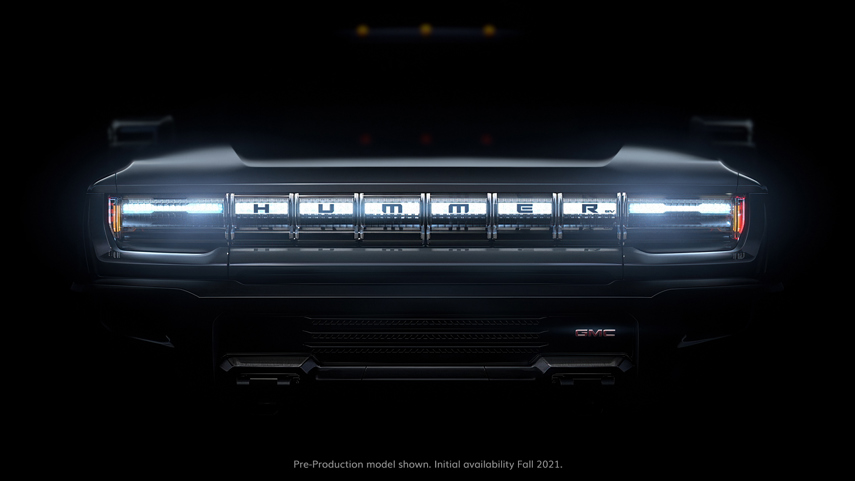
Still, a car company needs to use a measure of caution when selecting the name of a town or region for its shiny new model. Ones that are difficult to pronounce are generally shunned, explaining why no car is named after the Welsh village of Llanfairpwllgwyngyllgogerychwyrndrobwllllantysiliogogogoch. In some cases, prospective new names are tested through objective market research and customer clinics so marketers can gauge reaction before placing an order for 200,000 chrome badges to slap on the trunk lid of a newly introduced vehicle.
Nostalgia can play a role as well, though dipping into company heritage can be tricky. Some decisions are easy, such as when Ford hauled the mighty Bronco name out of mothballs and applied it to the gnarly new off-roader whose roof and doors can be removed at will. Fun fact: the original mid-’60s model used that term as its codename, with other titles (even Wrangler) being considered for use before the team simply used the word they’d been using all along during development. The new Bronco is a case study in the right way to reintroduce a well-known (and well-loved) name from the past. “A name should be distinctive, memorable, and ideally easily associated with the brand,” echoes Danielson.
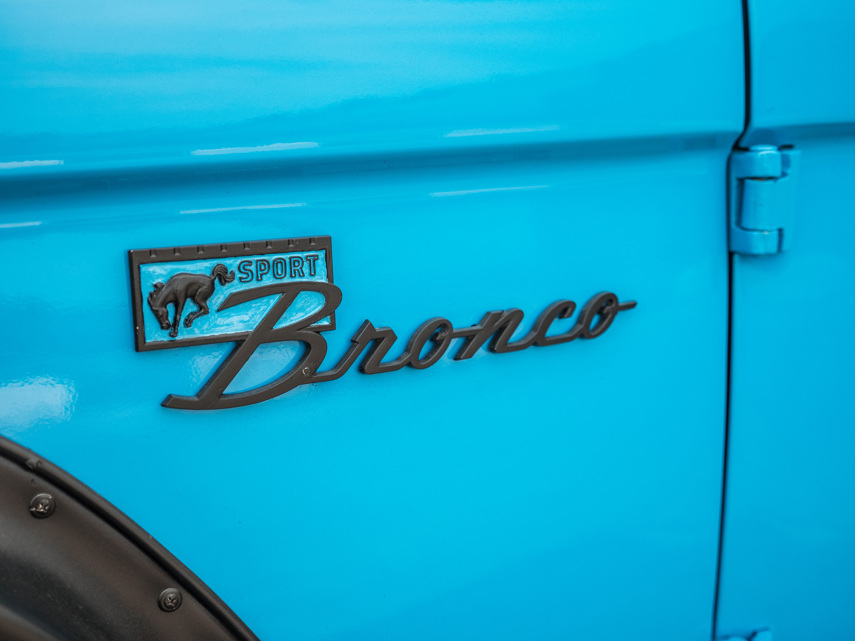
But other times, this move can be a swing and a miss. Chevrolet decided to dust off the Blazer name for a new car-based crossover. After hanging out on large-and-in-charge 4x4 for decades, finding the storied nameplate on a machine using a front-wheel-drive platform was an affront to many. And automakers are unlikely to reuse names with poor reputations, explaining why no one’s hauled Edsel out of history’s dustbin.
Still, some alphanumerics have their place. At VW, its new electric onslaught uses an ID. prefix followed by a numeral, with other potential variations on the table. There’s a specific intent to that strategy, one that isn’t simply avoiding words having different meanings in different countries (though that does help ward off unintentional embarrassment). This approach puts a focus on the ID. family of electric vehicles, and since VW plans an extensive rollout of new EVs over the next few years, the strategy is sound.
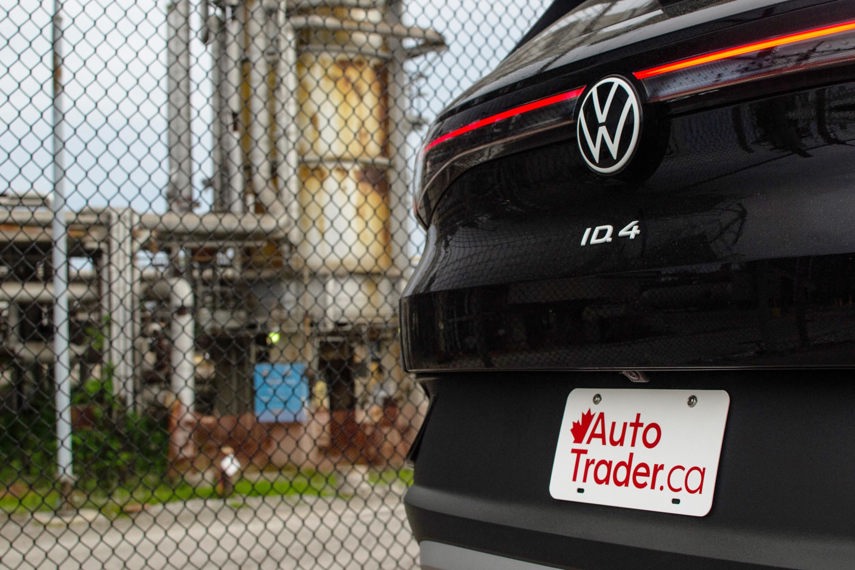
What’s your favourite vehicle name from the pages of automotive history? Is there one you dislike? Or perhaps you feel there’s one that has yet to have its day. Whatever the case, you can be sure no shortage of time and effort (plus more than a few PowerPoint slides) went into its selection.
